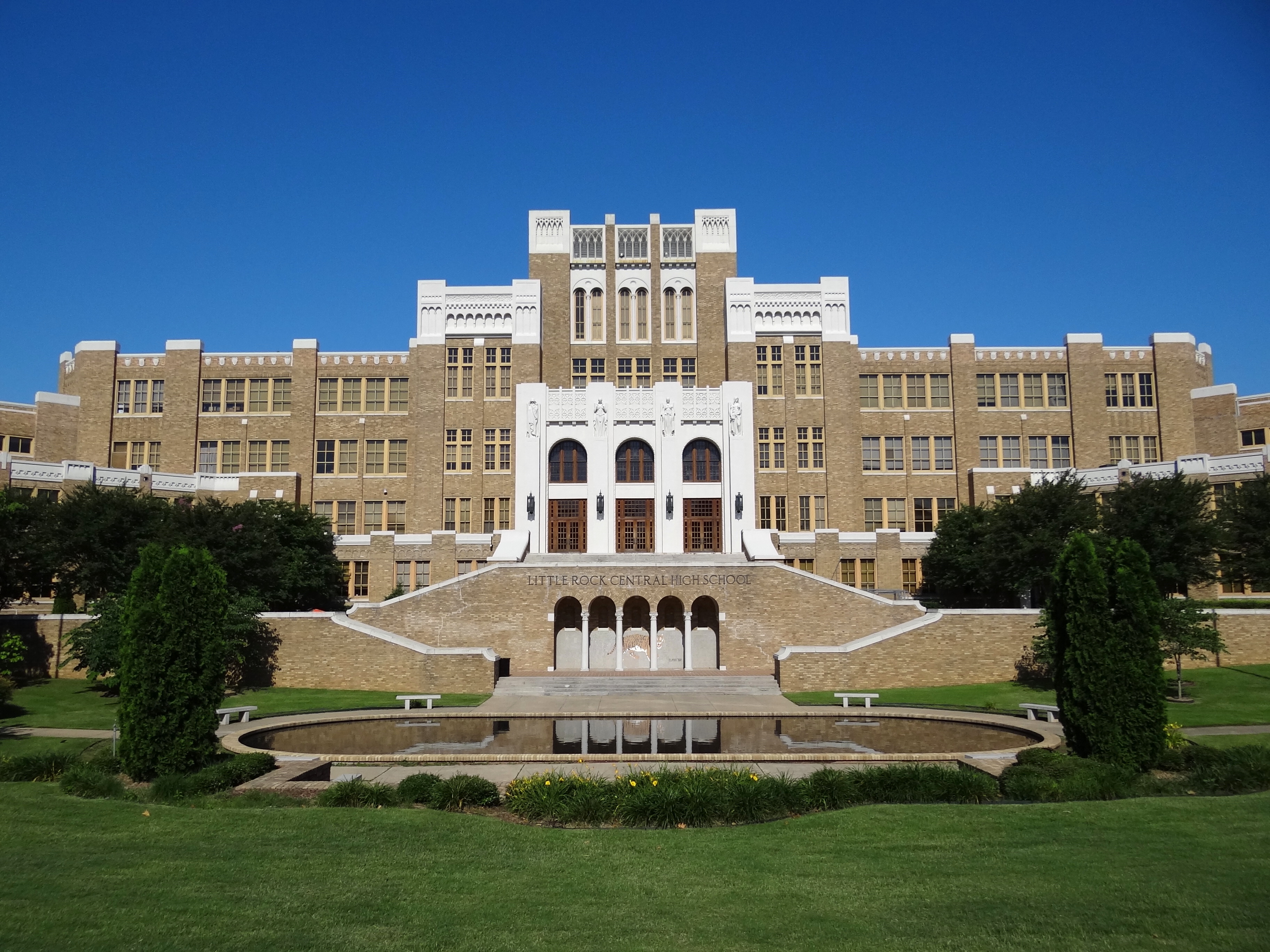Stepping Back in Time: Unraveling History at Carter G. Woodson Home National Historic Site
Planning a visit? Check out the Carter G. Woodson Home National Historic Site page for visitor info, directions, and what to do when you get there.

Introduction
Visiting the Carter G. Woodson Home National Historic Site is akin to turning back the pages of time, witnessing first-hand the pivotal role that this unique locale has played in shaping America’s cultural and historical tapestry, specifically regulating to African American society. Tucked away in the heart of Washington D.C., this unassuming three-story brick row house is much more than meets the eye - it was once the home and office of Dr. Carter Godwin Woodson, frequently referred to as “The Father of Black History.”
Historical/Cultural/Geological Background
Dr. Carter G. Woodson established The Association for the Study of Negro Life and History in 1915, which later evolved into The Association for the Study of African American Life and History. A man devoted to exposing the truths about African Americans’ past, he spent his life enriching and correcting America’s understanding of its own history.
Woodson lived in this house from 1922 until his death in 1950, during which he revolutionized our perspective on African American history by founding Negro History Week - now celebrated as Black History Month across America every February. Today, this site pays homage to his invaluable contributions by offering guided tours, exhibitions, and educational programs focusing on his life’s work.
Activities Guide
Upon entering this historical treasure trove, you’ll be greeted with various exhibitions depicting different facets of Dr. Woodson’s life and career. The Interpretive Program allows visitors to explore the house and discover the history of African American culture through artifacts, photographs, and personal items belonging to Dr. Woodson.
The site also hosts talks by historians who provide in-depth insights into Dr. Woodson’s work and his pivotal role in promoting African American history.
Visitor Information
The Carter G. Woodson Home is located at 1538 Ninth Street NW in Washington D.C., and it’s open Wednesday through Sunday from 9 am to 5 pm. However, please note that visiting hours may vary during national holidays or special events.
Reservations are suggested for guided tours as the museum can only accommodate a certain number of visitors due to its compact size. Admission is free of charge but donations are welcome, helping the site maintain its exhibitions and educational programs
Tips for Different Visitors
History buffs will treasure the wealth of information available while families with children can benefit from various interactive activities designed to make learning fun. School teachers may find this to be an enriching destination for field trips – students gain subject-specific knowledge on African American history through engaging activities.
For wheelchair users or those with mobility issues, most areas within the house are wheelchair-accessible; however, it’s always best to call ahead for specific arrangements.
Regional Context
Located within the Shaw neighborhood, the site provides visitors with an opportunity to see a vibrant community that has played a critical role in black cultural development in Washington D.C. Other nearby attractions include Howard University and African American Civil War Memorial & Museum-fit opportunities for an entire day of exploring black heritage.
Conclusion
In essence, Carter G. Woodson Home National Historic Site serves not merely as a testament to one man’s contributions but as an edifying center chronicling the evolution of African American society over centuries—a journey filled with bravery, determination, and resilience.
-
Who was Dr. Carter G. Woodson?
Dr. Carter G. Woodson was an African American historian, author, and journalist who devoted his life to promoting and recording the contributions of African Americans in history. -
When is the best time to visit?
The site is open all year round except on specific national holidays. Special programs and talks are usually scheduled during February (Black History Month.) -
Are there facilities for disabled visitors?
Yes, most areas within the house are wheelchair-accessible; however, it’s advisable to call ahead for specific arrangements. -
How long is a typical visit?
Generally, a visit lasts around 1-2 hours based on your interest level and whether you partake in any talks or special programs. -
Can I take photographs inside the museum?
Yes, photography for personal use is permitted but flash photography may not be allowed.
Frequently Asked Questions
What are the operating hours and admission fees for Carter G. Woodson Home National Historic Site?
Carter G. Woodson Home National Historic Site is typically open year-round, though specific hours may vary by season. Most national parks charge an entrance fee, but some sites are free to visit. Check the official NPS website for current hours and fee information.
How long should I plan for a visit to Carter G. Woodson Home National Historic Site?
A typical visit to Carter G. Woodson Home National Historic Site can range from a few hours to a full day, depending on your interests and the activities you choose. Allow extra time for hiking, photography, and exploring visitor centers.
What should I bring when visiting Carter G. Woodson Home National Historic Site?
Essential items include comfortable walking shoes, water, snacks, sunscreen, and weather-appropriate clothing. Bring a camera to capture the scenic views and consider binoculars for wildlife viewing.
What is the best time to visit Carter G. Woodson Home National Historic Site?
The best time to visit depends on your preferences and the activities you plan to enjoy. Spring and fall often offer pleasant weather and fewer crowds, while summer provides the longest daylight hours.
Is Carter G. Woodson Home National Historic Site accessible for visitors with mobility needs?
Many areas of Carter G. Woodson Home National Historic Site are accessible to visitors with mobility needs, including paved trails and accessible facilities. Contact the park directly for specific accessibility information and current conditions.

